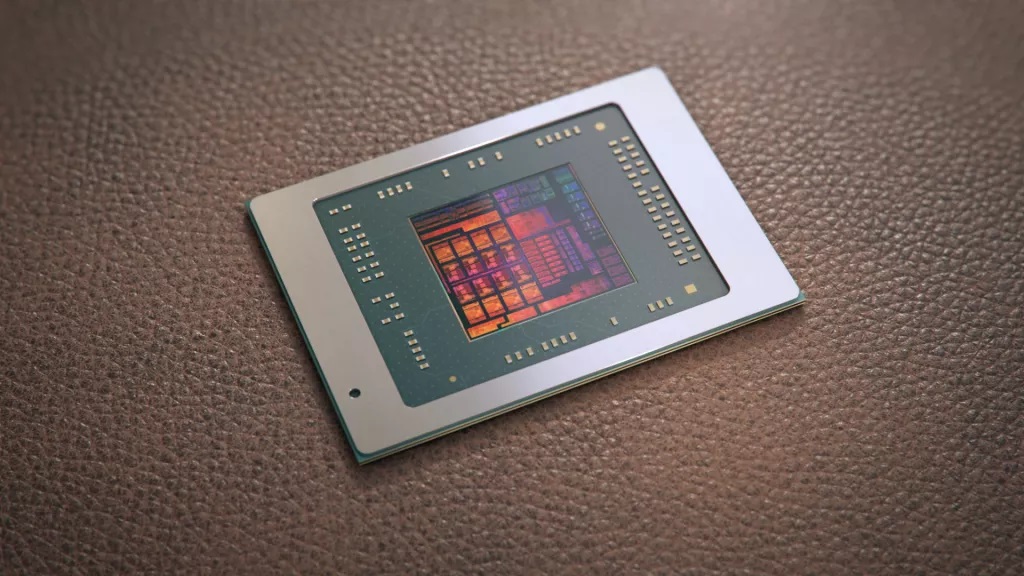Before AMD came roaring back to desktop competitiveness with its Ryzen 1000 CPU family, AMD’s APUs with integrated graphics were well received, delivering very competitive integrated graphics performance—despite their decidedly average Bulldozer based CPU cores. AM4 saw its fair share of APUs, topped by the Ryzen 7 5700G, but AM5 models with genuine graphical capabilities have been missing in action. Apparently that’s no longer the case, as AMD is reportedly preparing APUs with capable RDNA 3 integrated graphics.
According to a Google Doc maintained by Reous at the HardwareLuxx forums (via @9550pro and Videocardz), the latest AMD AGESA 1.0.8.0 firmware includes support for an as-yet-unannounced family based upon the AMD Phoenix architecture. The logical name for this family would be the Ryzen 7000G series.
Furthermore, Asus has released a new BIOS for its EX-B650M-V7 motherboard with the 1.0.8.0 firmware, which includes support for “upcoming CPU”. It’s only a matter of time before this update is incorporated into more AM5 BIOS’ from Asus and other vendors.
Phoenix APUs are currently found in AMD laptops. The Ryzen 9 7940HS is the top model in its range. It comes with 8-cores, 16MB of L3 cache and Radeon 780M integrated graphics with 12 CUs (or 768 stream processors). That’s six times the 2 CU RDNA 2 count of Zen 4 based Ryzen 7000-series CPUs. Needless to say, the graphics performance of an AM5 Phoenix chip will blow away the ageing Vega based integrated graphics of Ryzen 5000G APUs and anything Intel’s Raptor Lake has to offer. Meteor Lake’s integrated graphics may yet put up a fight, though only in NUC or embedded form.
Cheaper models with fewer CUs are distinct possibilities too, but they’ll need to be as aggressively priced as the six-core Ryzen 5 7600 and 7600X, which have dropped as low as $200 when on sale.
Performance wise, we have a basic idea of what to expect from an APU with a 12 CPU Radeon 780M by looking at the benchmarks for the Asus ROG Ally. The Ally is a handheld with major power limitations versus a desktop chip, but it’s still a gaming handheld. The 780M will not be a solution for 4K or ray-traced gaming, but for those playing WoW or DOTA 2 or one of a million older or less demanding games, it will do the job nicely. Like the Ally, it should play most modern games at 1080p, albeit with lower quality settings, Particularly if you enable AMD’s FSR.
(Image credit: MSI)
Best gaming motherboard: the best boards around
Best AMD motherboard: your new Ryzen’s new home
The beauty of desktop APUs is you’ll always have the option to add a discrete graphics card down the line. Phoenix laptop APUs support 20 useable PCIe 4.0 lanes, which will probably mean x16 for a primary GPU slot (or two x8/x8 slots) and x4 for an M.2 drive.
Of course, I’m speculating here. We’ll need to wait and see how Phoenix desktop APUs perform without the power constraints of being in a handheld or a laptop.
If you’ve got a crappy graphics card from a few years back, a new system with a strong integrated graphics solution will present an affordable upgrade. Even a cheapie A620 motherboard will give you a clear upgrade path in the future, thanks to AMD’s continuing support for the AM5 socket.











